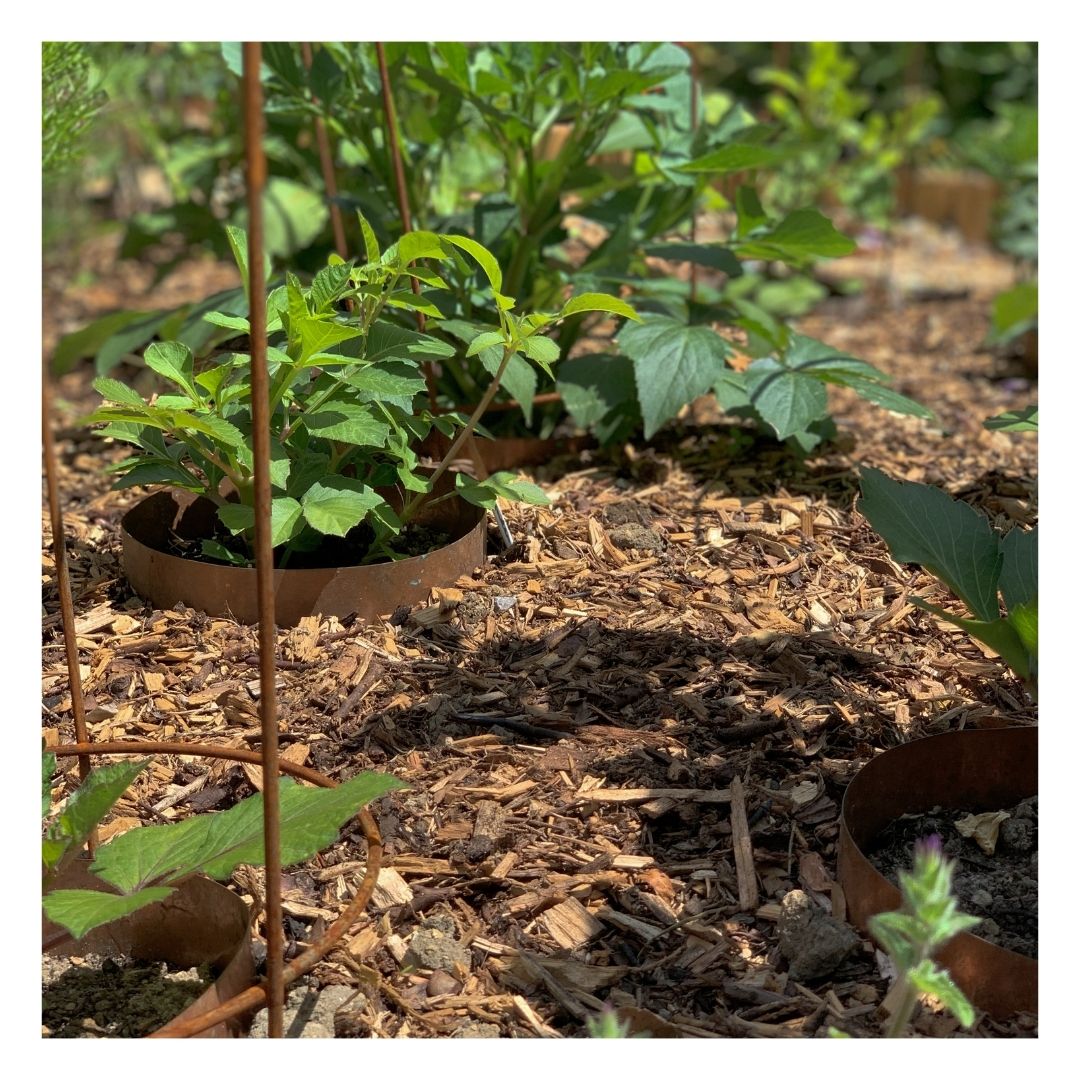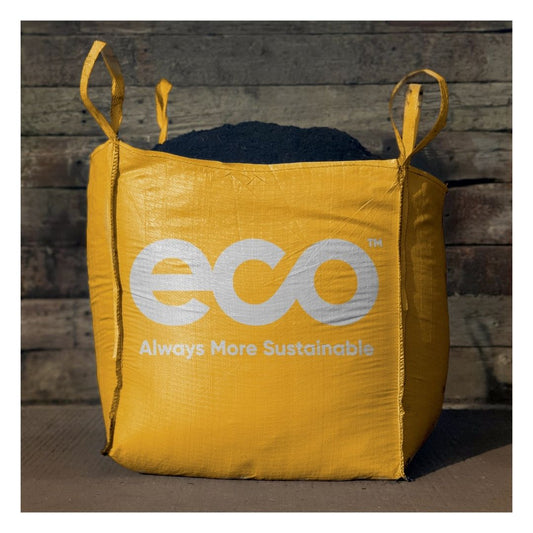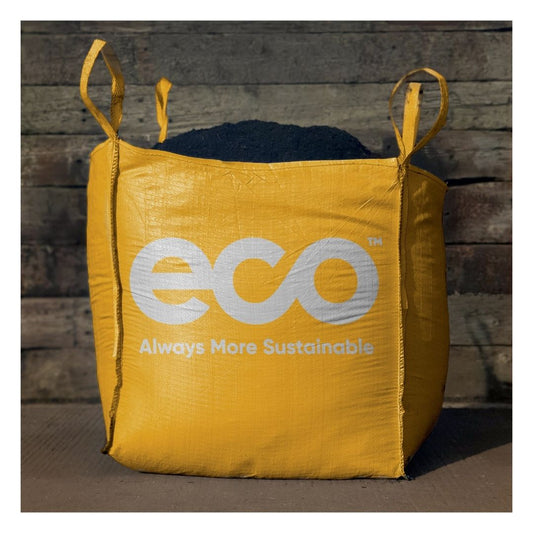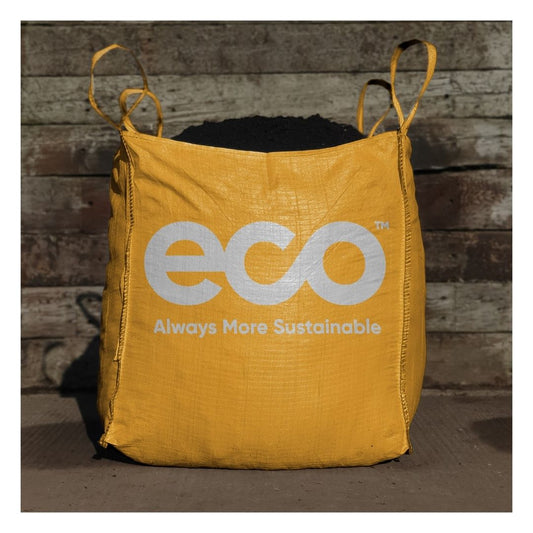Why Peat-Free Compost is a Good Thing?
You may have seen compost labelled as peat-free, but if you aren’t aware what peat is, and importantly, where it comes from, you wouldn’t understand why it is so important to choose a peat-free product. You also probably wouldn’t know that if a compost is not labelled as peat-free, then it likely comprises between 60-90% peat.
To fully appreciate why we should all be sourcing peat-free composts, it’s best to start at the beginning; what is peat, and where does it come from?
What is Peat?
Peat is a natural product. It is made from partially composted mosses and plants in waterlogged, acidic bogs.
The formation of peat happens very slowly, over thousands of years. Peat ‘grows’ at the rate of 1mm per year. This means that 1 metre of peats takes 1000 years to form. We use peat at a far greater rate than it forms, which means that peat is not a renewable resource (not in single lifetime anyway). In fact, peat bogs have been forming for around 12,000 years, and interestingly, it is also the first stage of the natural formation of coal.
Currently, living peat bogs cover around 3% of the Earth’s surface.
At Eco, we sell organic peat-free compost which is clearly labelled and is accredited with BSI PAS100 so you can be guaranteed it meets the high standards you want for your garden.
Why are Peat Bogs Important?
On the surface it might just seem like a load of mud, but peat bogs are much more than that.
In the UK they are referred to as our rainforests. This is because of the delicate nature of their composition, but crucially because they absorb, and store, carbon. It is estimated they store a combined 500 metric gigatons of carbon (which is a LOT!).
As if this isn’t reason enough, peat bogs provide an important habitat for the plants, insects and wildlife which live there.
How is Peat Currently Used
Peat has been used for the past 200 years, mainly for burning. In some parts of the world peat is still used on an industrial scale, being burnt in power stations to produce electricity.
Peat is also widely used by gardeners as a soil improver. And this is where we come in.
What’s the Issue with Using Peat?
When peat is extracted, the bog is drained so it’s no longer waterlogged. Once the bog is drained, it begins to dry out and will eventually die. A dead peat bog will then begin to release its stored carbon into the atmosphere, which contributes to global warming.
So, aside from damaging the habitats of the insects and plants which live in the peat bogs, it will also start to release its vast amounts of stored carbon into the atmosphere.
What Can We Do To Change This?
Raising awareness through education about peat is a vital first step in protecting our peat bogs.
For gardening uses, peat can easily be replaced with a peat-free substitute. Something as simple as choosing a peat-free compost will deliver an immediate improvement on the situation; if there isn’t demand for the product there won’t be a need to supply it.
Historically, peat-free products have varied in quality and were considered inferior products. It could be a worry for gardeners and landscapers that by choosing a peat-free product the quality will not be good as a peat product. However, this should no longer be a concern with the BSI PAS100 which is a British standard for the quality specification of compost, meaning that any compost with the BSI PAS100 accreditation will always be of a certain quality.
The government have made a pledge to be completely peat-free by the year 2030, but to phase out peat in garden products by 2020. The National Trust and The Eden Project have already banned the use of peat products which should go a long way to positively influence gardeners all over the UK to follow suit.
At Eco, we sell peat-free compost which is clearly labelled and is accredited with BSI PAS100 so you can be guaranteed it meets the high standards you want for your garden.
Shop Eco Compost & Soil Improvers
-
Eco Organic Compost: Fruit & Veg
Regular price £126.95 GBPRegular priceUnit price per -
Eco Organic Compost: Beds & Borders
Regular price £126.95 GBPRegular priceUnit price per -
Eco Mulch: Soil Improving Mulch
Regular price £121.95 GBPRegular priceUnit price per -
Eco Organic Compost: Tree & Shrub
Regular price £131.95 GBPRegular priceUnit price per













